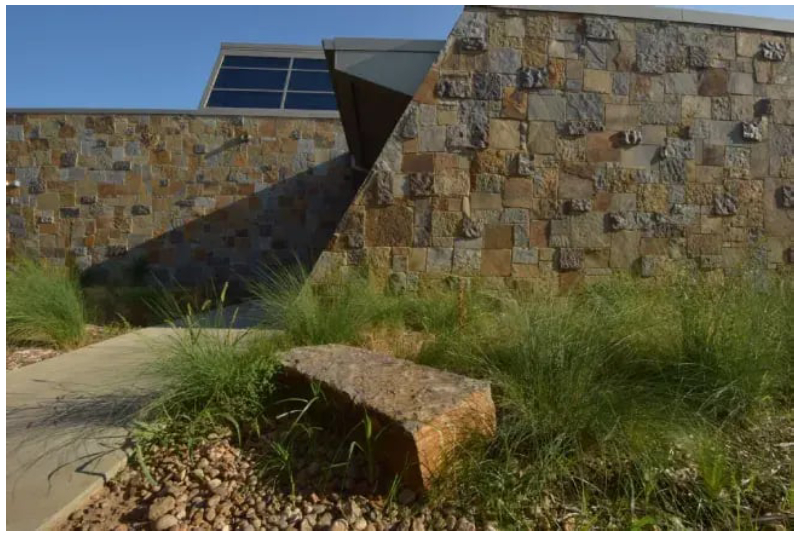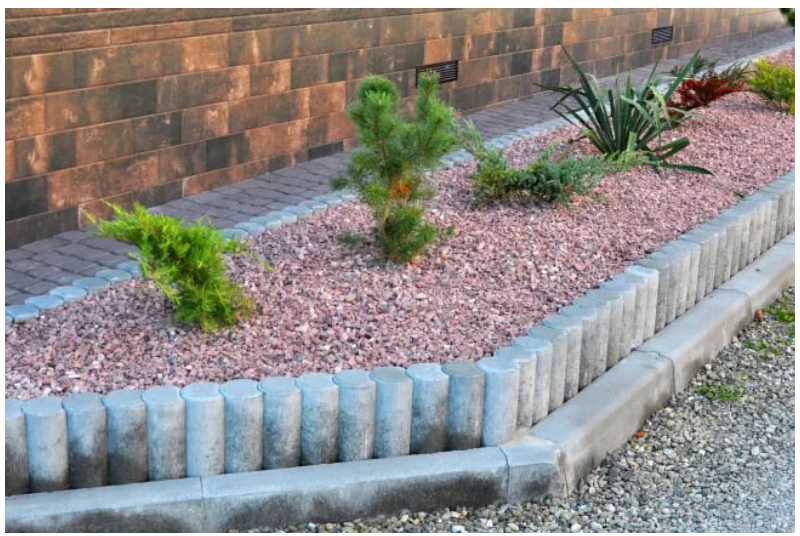
How To Choose The Right Gravel For Your Landscaping Needs?
Choosing the right gravel for your landscaping project can significantly impact the aesthetics and functionality of your outdoor space. Gravel is a versatile material used for pathways, driveways, and garden beds, offering both practical and decorative benefits. With a range of types and sizes available, understanding your specific landscaping needs will help you select the most suitable gravel. This guide will explore various aspects of gravel selection, including types, size, color, and maintenance tips, to ensure that your landscape project achieves the desired look and performance.
Types Of Gravel For Landscaping Projects
There are several types of gravel available for landscaping, each with its unique characteristics and uses. Pea gravel, with its smooth, rounded stones, is ideal for pathways and play areas. Crushed rock, which comes in various sizes, is perfect for driveways and high-traffic areas due to its durability. River rock offers a more natural look and is great for decorative features. Additionally, decomposed granite provides a compact, stable surface for walkways and patios. Understanding the different types of gravel and their applications will help you select the best option for your specific landscaping needs.

Factors To Consider When Choosing Gravel
When selecting gravel for your landscaping project, several factors must be considered. First, think about the purpose of the gravel—whether it’s for a walkway, driveway, or decorative element. The local climate and soil conditions can also influence your choice, as some gravel types are better suited to specific weather conditions. Additionally, consider the maintenance required and how the gravel will complement the existing landscape design. Evaluating these factors will help ensure that you choose gravel that not only meets your aesthetic preferences but also performs well in your specific environment.
How Gravel Size Affects Your Landscape?
The size of gravel can greatly influence the overall look and functionality of your landscape. Smaller gravel, such as pea gravel, creates a smooth, comfortable surface suitable for walking paths and play areas. Larger gravel, like crushed rock, provides a more rugged texture and is ideal for driveways and areas requiring durability. The size of gravel also affects drainage—larger gravel allows water to flow through more easily, reducing the risk of pooling. Choosing the right gravel size based on its intended use will help you achieve both the desired appearance and practical benefits in your landscaping project.
Choosing Gravel Based On Drainage Needs
Effective drainage is crucial for maintaining the health and appearance of your landscape. When choosing gravel, consider how it will impact water flow and drainage. Gravel types with larger stones or a mix of sizes, such as river rock or crushed rock, facilitate better water movement and prevent waterlogging. On the other hand, finer gravel may retain more moisture, which can lead to issues in areas with poor drainage. Assessing your landscape’s drainage requirements and selecting gravel that supports proper water flow will help prevent problems and ensure a sustainable outdoor environment.
Gravel Color And Its Impact On Your Garden
The color of gravel plays a significant role in the overall look of your garden. Lighter-colored gravel, such as white or beige, can brighten up a space and create a clean, modern look. Darker colors, like charcoal or brown, provide a more natural and understated appearance, blending well with traditional landscaping elements. Additionally, colored gravel can complement or contrast with other materials in your garden, such as plants and hardscapes. Choosing the right gravel color will enhance your garden’s aesthetic appeal and help achieve the desired visual impact in your landscaping project.
Best Gravel For Different Landscape Styles
Different landscape styles require specific types of gravel to achieve the desired look and functionality. For a modern garden, sleek, uniform gravel like white marble or polished stones can create a contemporary, clean appearance. Rustic landscapes benefit from natural-looking gravel such as river rock or decomposed granite, which blend seamlessly with the environment. Mediterranean gardens often use gravel in warm, earthy tones to complement the overall design. Understanding how different gravel types align with various landscape styles will help you select the best option to match your vision and enhance the overall aesthetic of your outdoor space.
Maintenance Tips For Gravel Landscapes
Maintaining gravel landscapes requires regular care to keep them looking their best and functioning effectively. Periodically rake the gravel to redistribute any displaced stones and maintain an even surface. Remove weeds and debris that can disrupt the gravel’s appearance and affect drainage. Additionally, consider applying a gravel stabilizer or weed barrier fabric to prevent shifting and growth. For driveways and high-traffic areas, replenishing the gravel as needed will help maintain a consistent appearance. Following these maintenance tips will ensure your gravel landscape remains attractive and functional over time.



